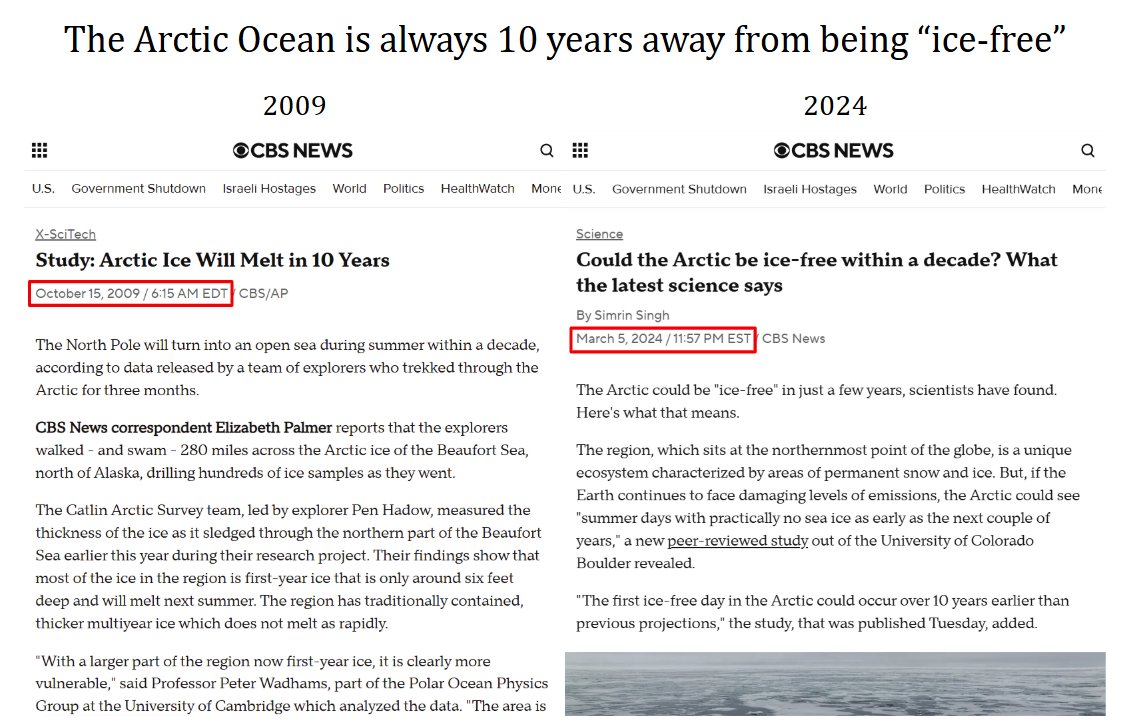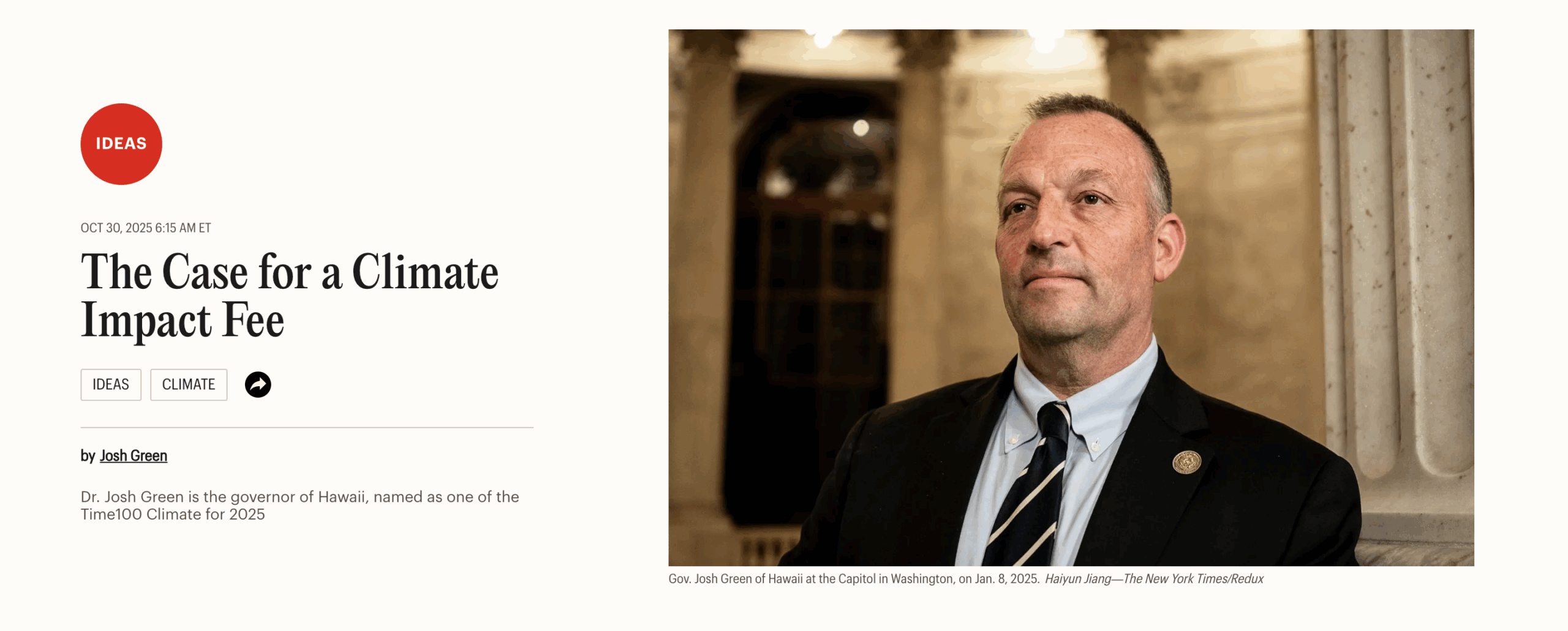https://fabiusmaximus.com/2019/04/11/noble-corruption-of-climate-science/
Summary: This is a story of climate science, tracing from its enthusiastic beginnings as small field – warning of a global threat –to its rich and increasingly desperate present. It is a long story, with a climax at the end.

The climate change campaign hits a dead end
On 24 June 1988, James Hansen’s testimony to the Senate began the campaign to fight anthropogenic global warming. During the following 31 years we have heard increasingly dire forecasts of doom. Some describe the distant future, beyond any reasonable forecasting horizon (due to both technical and social uncertainties). Some describe the near future. Many attribute almost all current extreme weather to our emissions of greenhouse gases (GHG) – using impossible to validate methods.
Karl Popper said that successful predictions, especially of the unexpected, were the gold standard of science (see here). That is a problem for climate activists. The Earth has been warming since the mid-19th century, when the Little Ice Age ended. The rate of warming in the past four decades (since 1977) is roughly the same as that during the four decades up to 1945. Anthropogenic GHG became a major factor only after WWII. So warming has occurred as predicted, but a naive forecast (without considering GHG) would have also predicted warming. There are explanations for this, but it makes model validation difficult (perhaps why it is seldom attempted: see links in section f in the For More Info section of this post).
Worse, the weather has not cooperated. Major hurricanes avoided America for 11 years, ending in 2017. Warming slowed during what climate scientists called the “pause” or “hiatus” (see links about its causes). And most forms of extreme weather have no obvious increasing trend. So surveys show little public support in America for expensive measures to fight climate change.
Activists grow desperate.
“The Uninhabitable Earth” by David Wallace-Wells in New York Magazine –
“Famine, economic collapse, a sun that cooks us: what climate change could wreak
– sooner than you think.”
Expanded into a book: The Uninhabitable Earth: Life After Warming.
“The five ways the human race could be WIPED OUT because of global warming.”
By Rod Ardehali at the Daily Mail. H/t to the daily links at Naked Capitalism.
Promo for Falter: Has the Human Game Begun to Play Itself Out?, a book by Bill McKibben.
Activists responded to the uncooperative weather by making ever-more dire predictions (many of which have passed their due date and been proven false). All extreme weather was “climate change.” They made more vivid propaganda (e.g., the 10:10 video, showing a teacher exploding the heads of students who do not accept her propaganda). They increased the volume of their claims, with more 2-minute hate sessions for dissenters (with lies about even eminent climate scientists). The long-term effects of this are (hopefully) small, since these fear barrages have been the Left’s go-to tactic since the 1960s (see some classics of the genre).
But one tactic might have awful long-term consequences. Many activists are climate scientists (see the many stories about depression among them, overcome by fears about their worst-case scenarios, such as this and this). Some have reacted with noble lie corruption (from Plato’s The Republic). However well-intended, it might weaken the public’s trust in science (as might the replication crisis, of which this is an example, if they learn about it).

The Noble Lie in action
Obvious evidence of this is climate scientists’ relentless focus on RCP8.5, the worst-case scenario in the IPCC’s Fifth Assessment Report. As a good worst-case should be, it is almost impossible to happen without unlikely assumptions (details here; also see Dr. Curry’s articles). Yet it receives the majority of mentions in the climate science literature – usually with no mention of its improbable nature (see this history). Activists exaggerate these papers, whose stories are uncritically reported by journalists. A decade of this bombardment has a fraction of the Left terrified, certain that we are doomed.
For a recent example, see “A glacier the size of Florida is on track to change the course of human civilization” by “Pakalolo” at the Daily Kos. Widely reposted, quite bonkers. See the details here.
Worse, climate scientists remain silent when activists exaggerate their work, even when they materially misrepresenting it. The most extreme doomster predictions are greeted by silence, or only mild statements of disagreement (not publicized). Yet they are quick to condemn skeptics – even fellow climate scientists – for questioning aggressive claims about climate change. Allowing activists to call scientists “deniers” for challenging the current paradigm is imo among the most irresponsible actions by leaders of science, ever.
By ancient law, silence means assent to activists’ behavior. They are guilty of “aiding and abetting.” For more about this, see About the corruption of climate science.
But in the past few years, activist scientists’ desperation appears to have pushed them to another step away from science.
Papers to generate alarmist news!
As Marc Morano of Climate Depot says, recent studies often appear designed to produce media stories for alarmists. I see several of these every week. The most recent is “Key indicators of Arctic climate change: 1971–2017” in Environmental Research Letters (April 2019), by scientists at the International Arctic Research Center at the University of Alaska-Fairbanks and the Geological Survey of Denmark and Greenland in Copenhagen. Abstract:
“Key observational indicators of climate change in the Arctic, most spanning a 47 year period (1971–2017) demonstrate fundamental changes among nine key elements of the Arctic system. …Downward trends continue in sea ice thickness (and extent) and spring snow cover extent and duration, while near-surface permafrost continues to warm. Several of the climate indicators exhibit a significant statistical correlation with air temperature or precipitation, reinforcing the notion that increasing air temperatures and precipitation are drivers of major changes in various components of the Arctic system. …
“The Arctic biophysical system is now clearly trending away from its 20th Century state and into an unprecedented state, with implications not only within but beyond the Arctic. The indicator time series of this study are freely downloadable at AMAP.no.”
Ecowatch describes it in their usual apocalyptic fashion: “Researchers Warn Arctic Has Entered ‘Unprecedented State’ That Threatens Global Climate Stability.”
The paper is odd in several ways. It is evidence showing the broken peer-review process. Five times they describe conditions in the arctic as “unprecedented.” But they start their analysis with data from the 1970’s. Given the various kinds of long-term natural fluctuations, five decades of data is too brief a period to draw such a bold conclusion.
The authors neglect to mention that the Arctic was also warm in the 1930’s. Which is strange since one of the authors, Uma S. Bhatt, was also a co-author of a major paper on the subject: “Variability and Trends of Air Temperature and Pressure in the Maritime Arctic, 1875–2000” in the Journal of Climate, June 2003. She did not even cite it in their new paper. Abstract …
“Arctic atmospheric variability during the industrial era (1875–2000) is assessed using spatially averaged surface air temperature (SAT) and sea level pressure (SLP) records. Air temperature and pressure display strong multidecadal variability on timescales of 50–80 yr [termed low-frequency oscillation (LFO)]. Associated with this variability, the Arctic SAT record shows two maxima: in the 1930s–40s and in recent decades, with two colder periods in between.
“In contrast to the global and hemispheric temperature, the maritime Arctic temperature was higher in the late 1930s through the early 1940s than in the 1990s. …Thus, the large-amplitude multidecadal climate variability impacting the maritime Arctic may confound the detection of the true underlying climate trend over the past century. LFO-modulated trends for short records are not indicative of the long-term behavior of the Arctic climate system.
“The accelerated warming and a shift of the atmospheric pressure pattern from anticyclonic to cyclonic in recent decades can be attributed to a positive LFO phase. It is speculated that this LFO-driven shift was crucial to the recent reduction in Arctic ice cover. Joint examination of air temperature and pressure records suggests that peaks in temperature associated with the LFO follow pressure minima after 5–15 yr. Elucidating the mechanisms behind this relationship will be critical to understanding the complex nature of low-frequency variability.”
A later paper provides more detail, showing the temperature anomaly in 2008 was aprox. 1°C warmer than the ~1940 peak: “Role of Polar Amplification in Long-Term Surface Air Temperature Variations and Modern Arctic Warming” by Roman V. Bekryaev et al. in Journal of Climate, 15 July 2010. Is that a one standard deviation from the long-term mean? Three? Are temperatures a normal distribution? They do not say. Climate science papers often use arcane statistics, but usually ignore the basics.
A third oddity: starting their analysis in the 1970s is misleading without disclosing that was a cold spell. There was concern about global cooling (but not a consensus). See here and here for details. Starting in the 1970’s makes current conditions look extraordinary.
“It is normalization of data cherry picking.”
— Dr. Judith Curry (bio). She her analysis of arctic sea ice trends here and here. She writes at Climate Etc.
“Of course, if these changes are predominantly due to the Arctic Oscillation (AO) and/or the LFO, we should see a reversal. If not, the trend would continue. Time will eventually sort this out. But a proper literature summary should still be provided with papers that might disagree with the theme of a newer paper. All peer-reviewed perspectives on this subject should be given.”
— Dr. Roger Pielke Sr. (bio).
See other examples in the comments. These kind of stories are coming along like trolleys.
This is a follow-up to About the corruption of climate science.

Conclusions
Science has been politicized, distorting its results, before. It will be again. But climate science provides essential insights on several major public policy issues. Losing reliable guidance from it could have disastrous consequences. Worse, the high public profile of climate science means that a loss of public confidence in it might affect science as a whole.
Let’s hope that the leaders of climate science come to their senses soon, despite their personal, institutional, and ideological reasons to continue on this dark path.
For More Information
Hat tip on the ERL 2019 paper to Naked Capitalism’s daily links, who uncritically run climate alarmist articles, a one-side flow of information without context – terrifying their Leftist readers (other than that, their daily links are a valuable resource – which read every morning). Hat tip on the JoC 2003 paper to Marc Morano at Climate Depot; see his article about it.
For More Information
Ideas! For some shopping ideas, see my recommended books and films at Amazon.
Please like us on Facebook and follow us on Twitter. For more information see all posts about doomsters, about fear (perhaps become our greatest weakness), about the RCPs, about the keys to understanding climate change, and especially these …
- Are 30 thousand species going extinct every year? — Spoiler: no.
- Focusing on worst case climate futures doesn’t work. It shouldn’t work.
- Updating the RCPs: The IPCC gives us good news about climate change, but we don’t listen.
- Roger Pielke Jr.: climate science is a grab for power.
- Secrets about the 1.5°C world temperature limit.
- A crisis of overconfidence in climate science.



